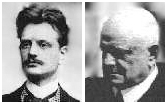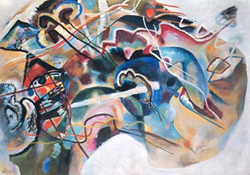Isabel Bayrakdarian in Armenia
Last Thursday evening we decided to do a rare thing and watch TV, specifically CBC’s Opening Night which featured A Long Journey Home.
This is a beautifully filmed and spiritually moving documentary that follows Armenian-Canadian operatic soprano Isabel Bayrakdarian on her emotional first visit to her ancestral homeland. Her journey takes her from Yerevan, the modern capital, along an ancient silk road to churches and ruins tucked away in Armenia’s remote mountain regions. As the first country to embrace Christianity Armenia has the oldest Christian churches in the world.
Isabel Bayrakdarian is becoming an expert on the music of Armenia’s iconic composer, Gomidas or Komitas (1869-1935) who collected and preserved thousands of ancient Armenian folk songs before the genocide of 1915. In addition to the folk music, Komitas arranged a great deal of sacred music. So it was that she sang many of his compositions in several churches and ruins, sometimes accompanied by a girls’ choir or an adult one, or by a marvelous duduk quartet.
I particularly loved the ancient church she visited which was carved completely out of the rock of a mountainside (possibly Geghard Monastery?). I connected with her immense awe over this “living ancient” rock and when she sang in here with her glorious voice, the wonderful acoustics made me shiver.
Sometimes her singing made me remember the haunting music of the Romanys who travelled the Silk Road as so powerfully and movingly presented in the film Latcho Drom.
And all through A Long Journey Home, we kept recalling the film Ararat by Atom Egoyan that we watched over a year ago and in which, in fact, she sang some of the background music.
This CBC-TV production is available as a DVD for those who might be interested – I highly recommend it! Do read this recent interview and article in Globe and Mail’s Engineering News of all places! Can you find out why? (I’m not sure how long this link will remain active.)
Addendum Feb.15,2006: I just came across these excellent photos of sacred sites in Armenia


